Secret Military Project 523, Malaria, and the Great Fraud of Germ Theory
Is it Really About Health or is it a Hidden Agenda?

In a world where covert military operations and chemical experiments have often been shrouded in secrecy, the truth behind public health narratives can become obscured. Secret projects like Project 523, which involved the use of chemical agents, raise significant questions about the integrity of official health claims. This scrutiny extends to the widely accepted story of malaria and the germ theory of disease—a theory that some argue may be more about control or other nefarious agendas than truth.
The Official Story of Malaria
The conventional narrative credits Sir Ronald Ross with the discovery of malaria transmission through mosquitoes in 1897. According to this story, Ross’s identification of the malarial parasite within mosquitoes laid the groundwork for combating the disease. Ross, a prominent figure in the field of tropical medicine, was awarded the Nobel Prize in 1902 for his contributions. His work was lauded as a breakthrough in understanding malaria's transmission.

Symptoms and Historical Context
Malaria is characterized by symptoms such as fever, chills, and flu-like illness. However, these symptoms are notoriously vague and overlap with many other conditions, casting doubt on the specificity of malaria diagnoses. During historical conflicts such as the Vietnam War, malaria was reported extensively among troops. Yet, given the potential for exposure to other factors—such as chemical agents—one must question whether these symptoms were solely attributable to malaria or if other influences were at play.
The Germ Theory: A Questionable Framework
The germ theory of disease suggests that microorganisms are the sole cause of diseases like malaria. While this theory forms the basis of modern medical practice, it is not without its critics. Some argue that germ theory serves more as a tool for exerting control and enforcing “treatments” than a complete explanation of disease causation. By focusing on microorganisms, the theory may obscure other potential factors contributing to illness.

Ronald Ross’s work on malaria was funded and supported by several key figures and organizations:
Patrick Manson: Often considered the father of tropical medicine, Manson was a significant mentor and supporter of Ross. Manson’s encouragement and influence were instrumental in Ross’s research, particularly in the early stages of his work on malaria.
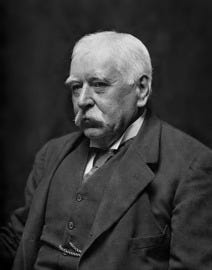
Image from https://en.wikipedia.org/wiki/Patrick_Manson The Royal Society: Ross’s work received substantial backing from this prestigious scientific institution. The Royal Society provided both financial and academic support, including a research grant in 1897 that facilitated his work on malaria.
The Liverpool School of Tropical Medicine: After returning to England, Ross joined the faculty of this institution, which was instrumental in furthering his research. The school, funded in part by philanthropic donations and government support, provided a platform for Ross to continue his work on malaria.
The Rockefeller Foundation: While not directly involved in Ross’s early work, the Rockefeller Foundation played a significant role in tropical medicine and global health initiatives later on. Its influence on tropical medicine and public health policy may have had indirect effects on the field of malaria research and its funding.
Various Private Donations: Ross also received financial support from private donors and philanthropists who were interested in advancing medical research. But who really knows who any of these individuals were or what were their true motives?
These sources of funding and support, much like the public-private bureaucrats of today, reflect the complex network of academic, governmental, and private interests that played a role in the development of malaria research and public health policy.
Reevaluating the Official Narrative
Given the context of secret military projects like Project 523 and the historical record of unethical experimentation, it is crucial to reassess the accepted narrative surrounding malaria and germ theory. The potential for hidden agendas and alternative explanations suggests that the official story of malaria may be more complex than commonly understood.
The Need for Critical Examination
The narrative surrounding malaria, from its purported transmission methods to its connections with influential organizations, calls for a critical reassessment. As covert military operations and chemical experiments reveal the hidden layers of historical and scientific practices, it becomes essential to question and critically evaluate the official stories we have been told. The great fraud of germ theory, intertwined with powerful interests, may be part of a larger agenda that has shaped our understanding of disease and health.
Chemicals That Can Mimic “Malaria” Symptoms
Several chemicals and substances can cause symptoms that resemble those of malaria, though they don't cause the disease itself. These symptoms typically include fever, chills, headaches, muscle aches, and fatigue. Some of these substances include:
Quinidine and Quinoline Derivatives: These are antimalarial drugs, but in certain doses, they can cause side effects that mimic malaria symptoms. Quinidine, for example, can cause fever, chills, and muscle pain, especially if there’s an allergic reaction.
Organophosphates: These are chemicals found in some pesticides. Exposure to high levels of organophosphates can cause symptoms like fever, sweating, and muscle weakness, which may be confused with malaria.
Carbon Tetrachloride: This chemical, used in industrial processes and formerly as a refrigerant and cleaning agent, can cause liver damage leading to fever, fatigue, and jaundice, which can resemble malaria symptoms.
Aromatic Amines: Chemicals like aniline, used in the manufacturing of dyes, can cause methemoglobinemia, a condition where the blood can't carry oxygen effectively. Symptoms include cyanosis (bluish skin), fatigue, and headache, which might be mistaken for malaria.
Arsenic: Chronic arsenic poisoning can lead to symptoms such as fever, chills, and headaches, along with gastrointestinal distress and anemia, all of which might be confused with malaria.
Heavy Metals (e.g., Lead or Mercury): Exposure to high levels of heavy metals can cause systemic symptoms like fever, fatigue, muscle aches, and neurological symptoms, which could resemble malaria.
Dioxins and Polychlorinated Biphenyls (PCBs): These environmental pollutants can cause a range of symptoms, including fever, chills, and muscle pain, which might be confused with malaria in some cases.
Pharmaceutical Side Effects: Some medications can induce fever and other systemic symptoms that could be confused with malaria, particularly in individuals taking multiple medications or those with underlying conditions.
Deliberate Misdiagnosis and Unethical Experiments
During the Vietnam War, symptoms misattributed to malaria could have been caused by exposure to chemical weapons. This potential misdiagnosis might have been a deliberate attempt to obscure the true cause of illness and prevent the exposure of harmful military experiments. It feels increasingly like our entire historical narrative has been shaped by various governments worldwide, suggesting that the official stories we have been told may not be entirely true.
Operation Paperclip
Operation Paperclip was a clandestine U.S. program that recruited former German scientists, engineers, and technicians after World War II. Many of these individuals had expertise in chemical and biological research. Officially ended, the scientific knowledge and techniques acquired from Operation Paperclip likely continued to influence U.S. military research and covert operations. Despite the program's conclusion, the knowledge gained contributed to ongoing unethical experiments and research practices.
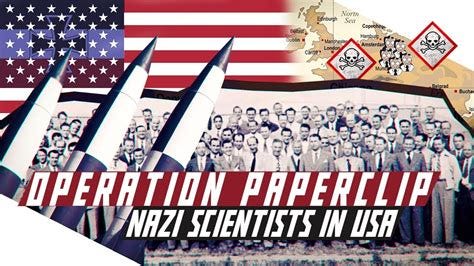
MK-Ultra and Related Subprojects
MK-Ultra was a broad CIA program aimed at developing mind control techniques and behavioral modification through the use of chemical and biological agents. As part of this program, 149 subprojects conducted unethical experiments on unsuspecting individuals. Key subprojects and related programs included:
MK-Ultra Subproject 11 (Chemical Warfare Agents):
Description: Focused on testing the effects of chemical agents on human subjects, developing and stockpiling toxins. Identify and produce in sufficient quantity for experimentation the active ingredients n certain seeds and plants. Preparation of a supply of the toxic protein, Abrin.
Relevance: The agents tested could have produced symptoms similar to those associated with malaria, contributing to potential misdiagnosis.
MK-Ultra Subproject 29 (Behavioral Modification):
Description: Investigated the use of drugs and other substances to modify behavior, including experiments with LSD and other psychoactive compounds.
Relevance: The drugs used could have caused confusion, paranoia, and hallucinations, which might be mistaken for malaria symptoms.
Description: A precursor to MK-Ultra, focusing on interrogational techniques using chemical and biological agents to control and manipulate individuals.
Relevance: The substances tested could have led to symptoms similar to malaria, especially when administered covertly.
Description: Investigated methods for enhancing interrogation and control through chemical agents and psychological techniques, including various substances to assess their effects on human behavior.
Relevance: Chemicals tested in this program could have induced symptoms resembling malaria or other health issues.
MK Naomi
MK Naomi, a subproject of MK-Ultra, was a covert U.S. Army program focused on chemical and biological weapons research. Officially ended in the early 1960s, evidence suggests that MK Naomi’s experiments continued under different names and in secret locations. These experiments involved chemical agents that could have been used to induce symptoms similar to malaria, further complicating diagnoses and concealing the true nature of the exposure.
Project 112/Project SHAD
Project 112, including its Shipboard Hazard and Defense (SHAD) component, tested chemical and biological agents on U.S. military personnel from the 1960s to the 1970s. Although officially concluded, there is significant suspicion that these experiments continued in various forms, both domestically and internationally, to evade public scrutiny and legal repercussions. The continuation of these activities suggests a deliberate attempt to obscure the full scope and impact of the exposures.
Operation Gladio and Related Subprojects
Operation Gladio involved secret paramilitary groups established during the Cold War to counter communist influence. Although officially disbanded, it is believed that similar covert activities continued, including those involving chemical and biological experimentation. Some subsets of Operation Gladio likely engaged in unethical experimentation with chemical agents:
Subproject Examples:
Gladio's Secret Operations: Engaged in covert activities involving chemical agents, often conducted in secrecy and under different names to avoid detection.
Reflection on Covert Experiments and Misdiagnosis
The symptoms attributed to malaria during the Vietnam War could have been caused by deliberate chemical exposure, masked by misdiagnosis to conceal the true cause of illness. Operations such as Operation Paperclip, MK-Ultra (including MK Naomi), Project 112/SHAD, and Operation Gladio, despite official claims of cessation, likely continued covertly. The overlap between MK-Ultra and related programs like Operation Artichoke and Operation Bluebird suggests a broader network of unethical experimentation.
Secret Military Project 523, Malaria, and the Great Fraud of Germ Theory
Throughout history, some of the most controversial and secretive operations have left lingering questions and unresolved issues. Project 523, named after the date it was launched, is one such example, a covert military research initiative initiated by the People's Republic of China in 1967, aimed at tackling the problem of malaria. This operation was characterized by its high level of secrecy and its focus on developing new antimalarial drugs in response to the growing resistance to quinine.

The Broader Context
Chloroquine and Hydroxychloroquine: Both drugs are based on the same core compound but were developed and modified independently of Project 523. Hydroxychloroquine was introduced in the 1950s as a derivative of chloroquine, aimed at reducing side effects and improving efficacy.
Research Overlap: While Hydroxychloroquine itself was not a product of Project 523, the project’s emphasis on antimalarial drug development and the need to find effective treatments fit into the larger context of global efforts to address malaria. The research conducted under Project 523 and other similar initiatives contributed to the broader pool of knowledge and drug development in the field of malaria treatment.
The Ambiguities of Project 523
Project 523 was launched to address the issue of malaria resistance to quinine, a longstanding antimalarial treatment. Researchers involved in this project sought to discover new drugs derived from traditional remedies and natural sources, including those used in traditional Chinese medicine.
Project 523’s Scope and Methods:
Objective: Find new treatments for malaria due to resistance to quinine.
Approach: Exploration of traditional remedies and natural compounds, including artemisinin, derived from the sweet wormwood plant (Artemisia annua).
Outcome: Development of artemisinin-based treatments, which supposedly have been highly effective against malaria.
The Compounds and Their Risks
The key compound that emerged from Project 523 was artemisinin, derived from the sweet wormwood plant. Although artemisinin is presented as a natural compound, it is actually a semi-synthetic compound created through a process of extraction and chemical modification.
Artemisinin and Its Derivatives:
Artemisinin: Originally extracted from Artemisia annua, it forms the basis for several antimalarial drugs.
Derivatives: Includes artemether, artesunate, and artemether-lumefantrine, which are used in combination therapies for malaria.
Side Effects and Risks: While artemisinin-based treatments have supposedly been effective against “malaria” and parasitic worm (helminth) infections., they are not without risks. The potential side effects include:
Nausea and Vomiting: These can occur in some patients, particularly at the start of treatment.
Dizziness: Some people may experience dizziness or lightheadedness.
Headache: Headaches can occur but are usually mild.
Abdominal Pain: Discomfort in the stomach area may be reported.
Diarrhea: Gastrointestinal upset can include diarrhea.
Allergic Reactions: Possible, including rash, itching, or swelling.
Fatigue: Some patients may feel unusually tired.
Muscle or Joint Pain: Discomfort in muscles or joints has been reported.
Sleep Disturbances: Issues with sleep, such as insomnia or vivid dreams, can occur.
Hepatotoxicity: Liver damage or liver enzyme elevations.
Cardiac Effects: Potential effects on heart rhythm, including arrhythmias or changes in heart rate.
Neurotoxicity: Cases of neurotoxicity, including seizures.
Hemolytic Anemia: Where red blood cells are destroyed faster than they can be made.
Interactions and Contraindications
Drug Interactions: Artemisinin-based treatments can interact with other medications, potentially altering their effects or increasing side effects. Caution is advised with drugs metabolized by the liver.
Pregnancy and Lactation: Artemisinin-based treatments are generally advised against during pregnancy and lactation. They can cross the placenta and potentially affect the developing fetus, and their safety during breastfeeding has not been well established. Their use in these conditions is not considered safe.
Monitoring and Precautions
Regular Monitoring: Patients on artemisinin-based treatments should have regular check-ups to monitor for potential side effects.
Avoiding Self-Medication: It's crucial to use these treatments under medical supervision to avoid misuse and potential risks.
Many of these symptoms, such as nausea, dizziness, and abdominal pain, can overlap with the symptoms of malaria itself, complicating the diagnosis and management of the condition.

Recent Developments and Medications
Several medications developed from Project 523’s research are still in use today:
Artemether-Lumefantrine (Coartem): A combination drug used to treat uncomplicated “malaria”.
Artesunate: Often used in injectable form for severe malaria.
Dihydroartemisinin-Piperaquine (DHA-PPQ): Another combination used for malaria.
Speculation and Secrecy
The covert nature of Project 523, along with ongoing controversies in malaria treatment, invites speculation. Similar to how contemporary issues involve institutions like the Wuhan Institute of Virology and the COVID-19 narrative and treatments, the legacy of Project 523 is tainted by secrecy and unanswered questions.
Speculative Connections:
China’s Role: During the Vietnam War, China was reported to be assisting North Vietnam with malaria control efforts. The extent of this assistance and any possible involvement in unethical experimentation remains unclear.
U.S. Military Secrecy: The possibility of U.S. institutions such as the CIA being involved in Project 523 remains speculative but plausible, given the history of secret military projects. The secrecy surrounding such operations raises questions about their true nature and impact.
The Fear Factor and Global Health
The frequent reports of malaria outbreaks and the ongoing emphasis on the need for these medications feed into a cycle of fear that justifies the continued use of potentially harmful drugs. The fear of malaria outbreaks supports the narrative that these treatments are essential, despite the known side effects and the potential for over-reliance on pharmaceutical solutions.
The constant global scare tactics about malaria outbreaks, especially in poor countries, keep the focus on pharmaceutical treatments, minimizing scrutiny of the broader health implications and the secrecy surrounding their development. This raises a critical question: Are we, as a global population, merely guinea pigs in a larger experiment driven by hidden agendas and corporate interests?
The legacy of Project 523, as well as the other endless secret military projects, is a complex and troubling chapter in the history of global health. It highlights how fear-driven narratives and secretive operations can influence public health policies and perpetuate the use of potentially harmful treatments.






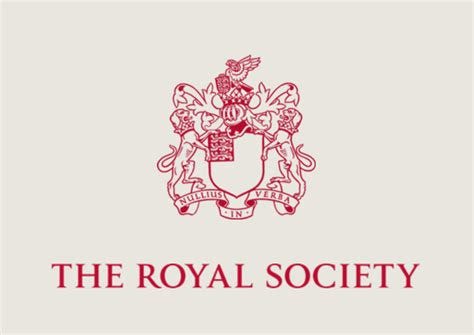









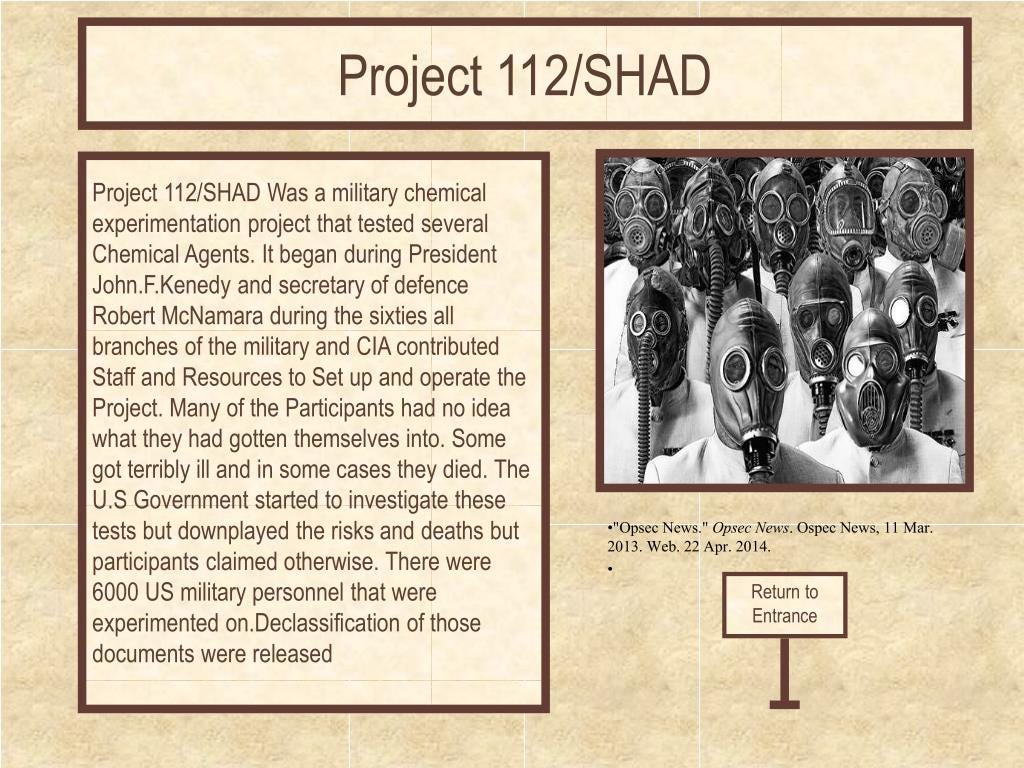



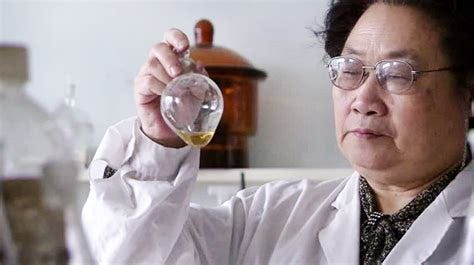

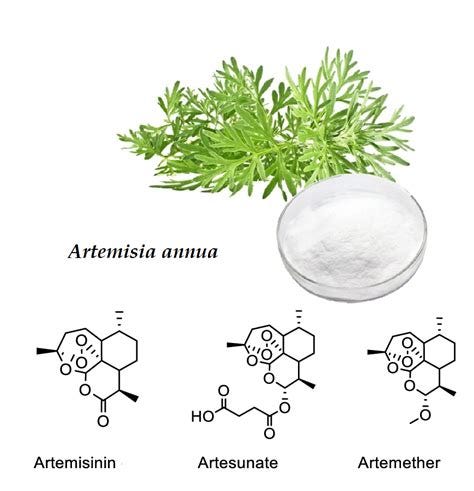










My husband and I are USMC vets.
Once when his unit was headed for the Phillippines the military decided to experiment on them because they weren't in the US. They always gave them hydroxychloroquine as a malaria preventative but not this one time. Instead they gave them Lariam. It was a disaster. Some Marines got malaria, some got sick.
Later we found that Lariam can cause brain issues, tinnitus, etc.
Mefloquine (Lariam®) - Public Health
https://www.publichealth.va.gov/exposures/mefloquine-lariam.asp
https://www.chron.com/life/article/houstonians-deserve-footnote-in-battle-against-3428029.php
---
Not long after Vietnam, Napalm McNamara got busy with Big Pharm to try and help with parasites.